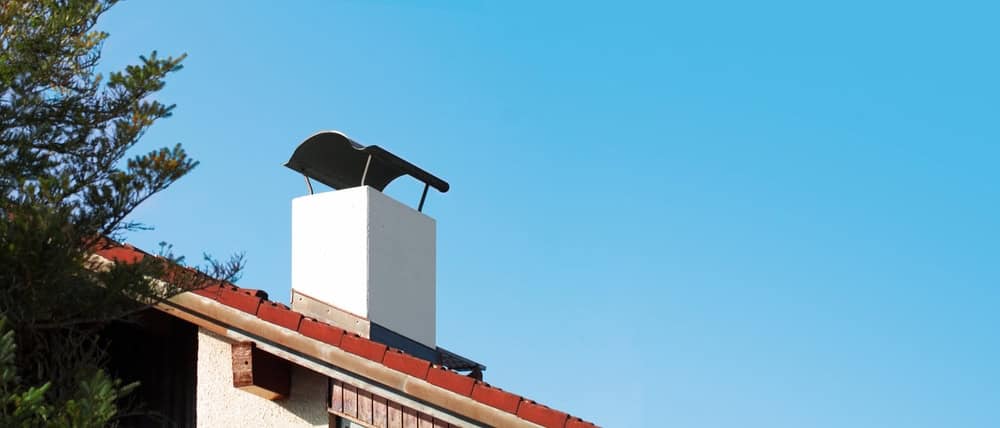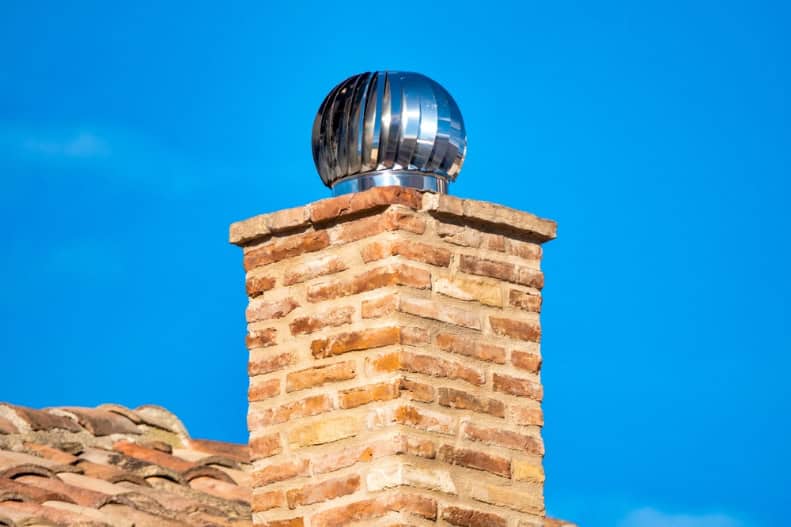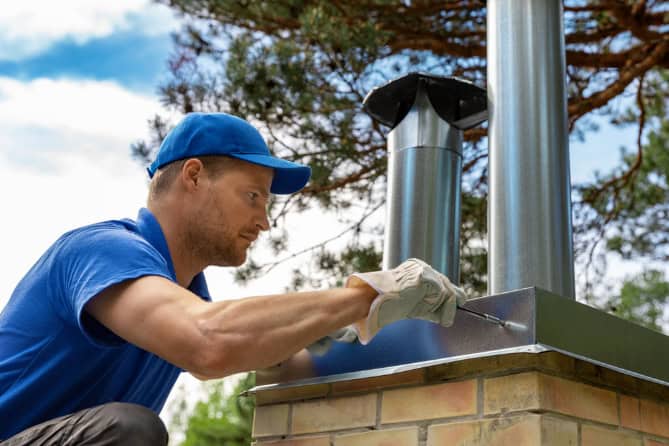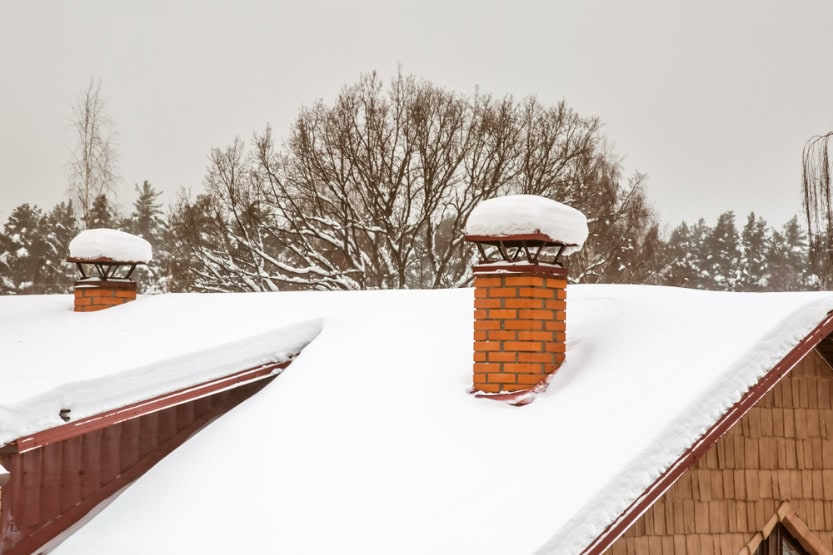Professional chimney cap installation that actually fits right and keeps working year after year.

Hear from Our Customers

Your chimney stops letting water into places it shouldn’t be. No more staining on interior walls or ceiling damage from leaks that start small and get expensive fast.
Animals stay out of your chimney system completely. No more birds, squirrels, or raccoons setting up shop and creating blockages that affect your fireplace draft.
Your fireplace draws properly when you want to use it. A well-fitted chimney cap improves airflow and prevents downdrafts that push smoke back into your living space.
Certified Chimney Inspections has been handling chimney work in Rhode Island since 2000. We’re the same team, with the same commitment to doing things correctly the first time.
Our technicians hold CSI certification from the Chimney Safety Institute of America. That means we understand chimney systems, not just how to install a generic cap that might fit.
We’ve seen what happens when chimney caps fail, and we know exactly how to prevent those problems in Burrillville homes.

First, we inspect your chimney to determine the exact measurements and configuration you’re working with. Every chimney is different, and cookie-cutter solutions create problems down the road.
Next, we remove any existing damaged cap and assess the chimney crown condition. If there are underlying issues that would compromise the new cap, we address those before moving forward.
Then we install your new stainless steel chimney cap with proper sealing and secure mounting. You get a cap that’s sized correctly, positioned right, and built to handle Rhode Island weather for years.

Ready to get started?
You get stainless steel construction that won’t rust out in a few years like cheaper materials. Rhode Island’s coastal air is tough on metal, so material choice matters more here than in other areas.
Custom fitting ensures your cap actually works with your specific chimney configuration. Standard sizes often leave gaps that defeat the purpose of having a cap in the first place.
Proper mounting and sealing prevent the cap from becoming loose during storms or high winds. A cap that shifts or comes loose creates bigger problems than not having one at all.
